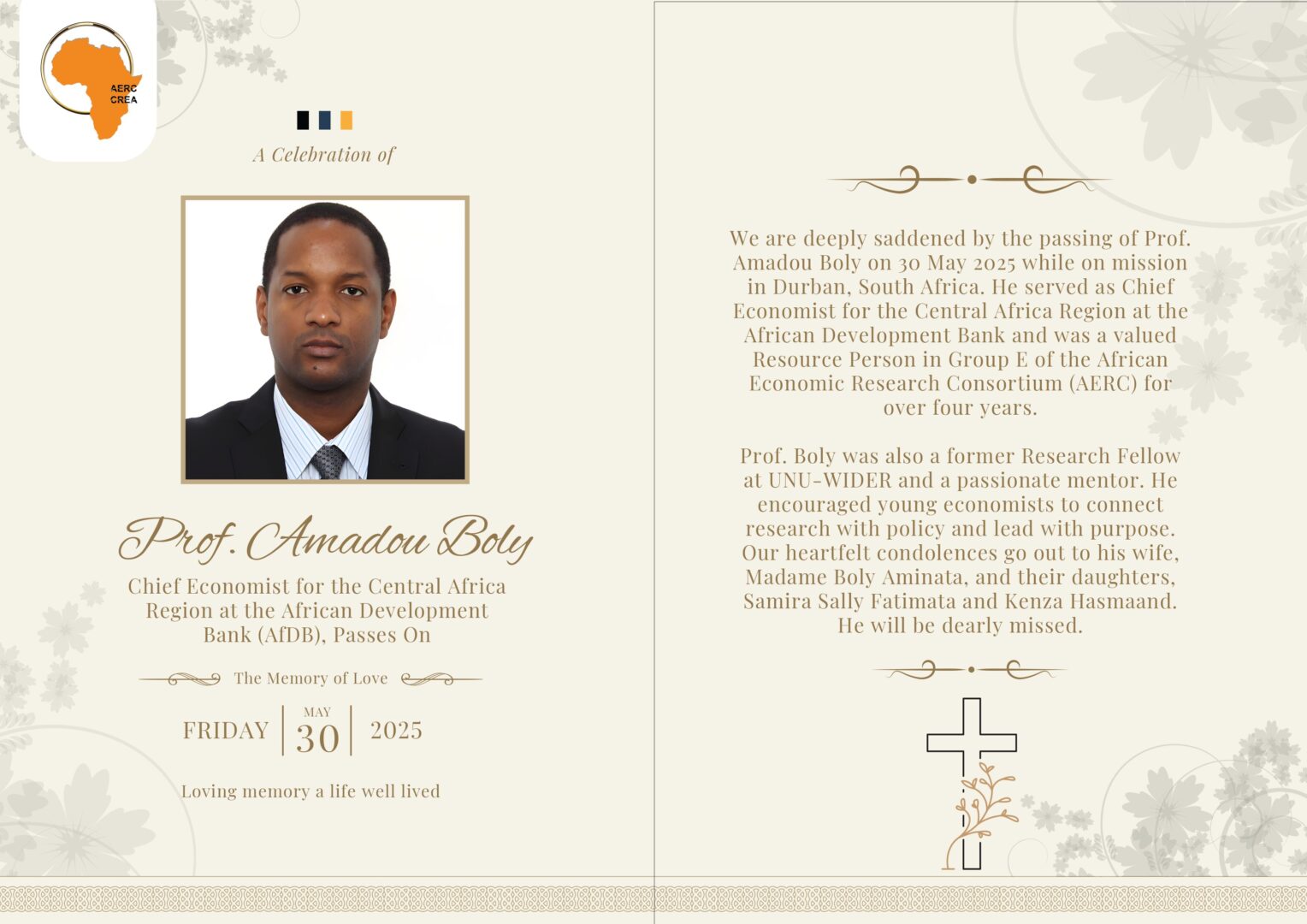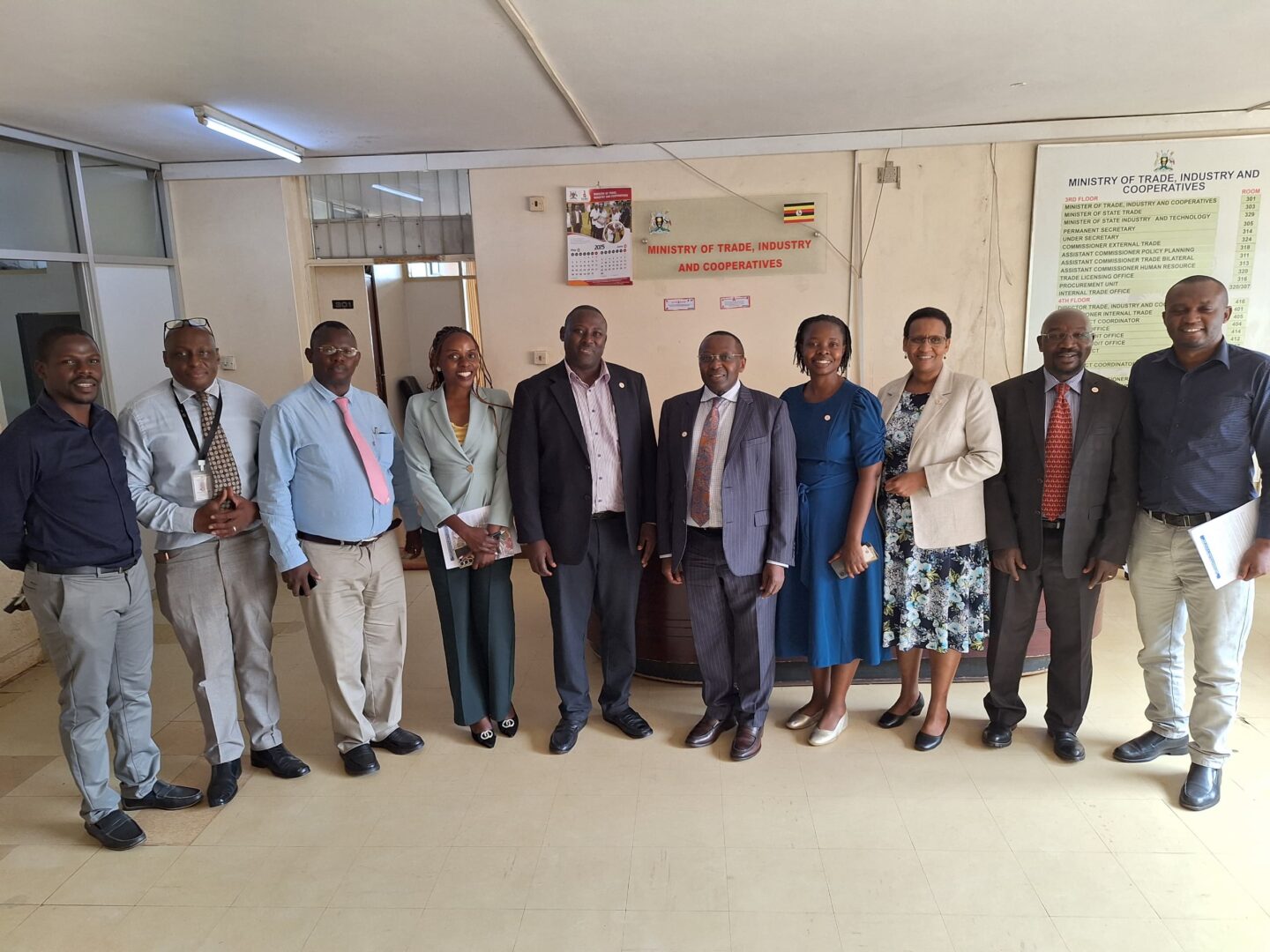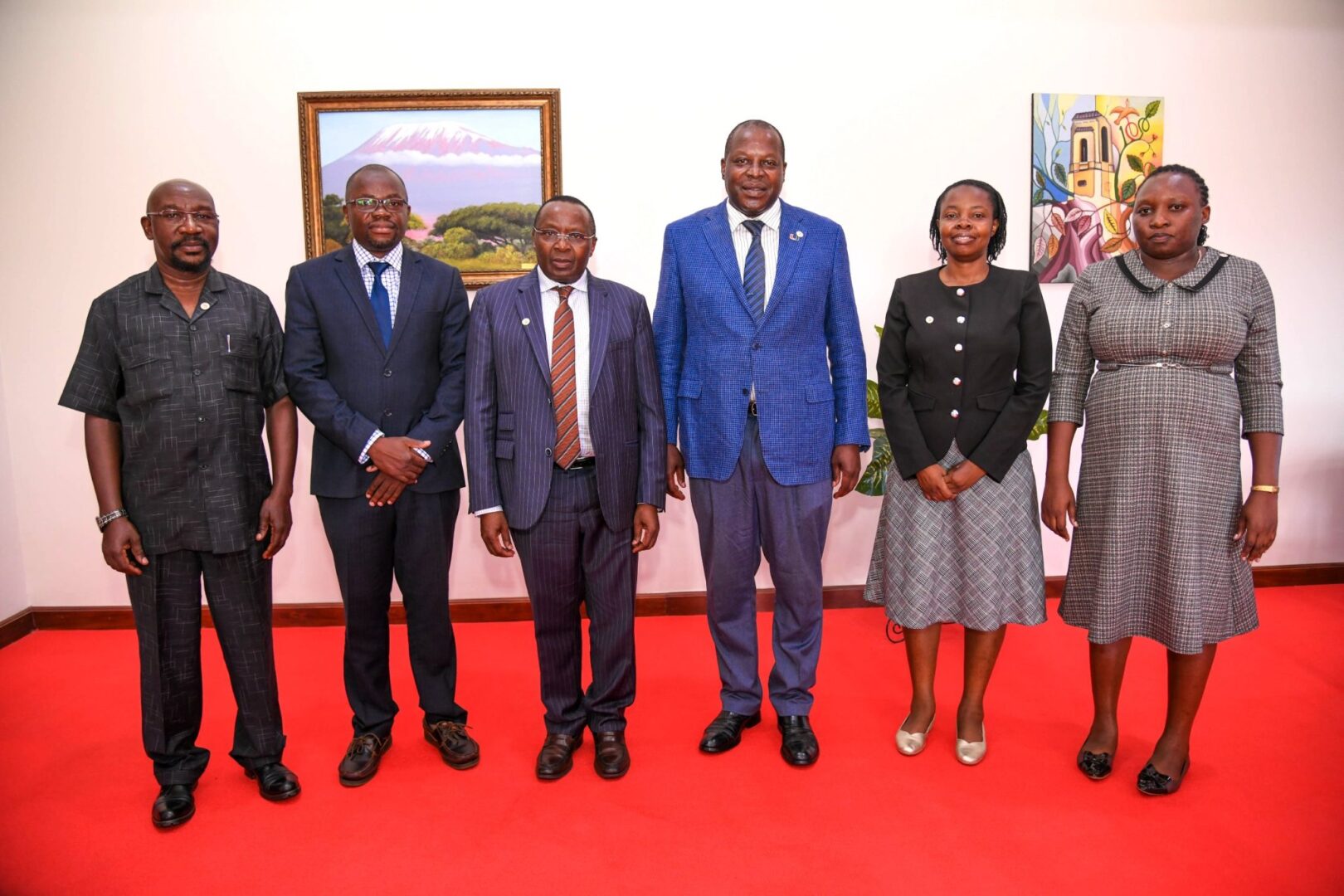

A digital financial services revolution in Kenya: The M-PESA case study by Njuguna Ndung’u
November 10, 2021‘Mobile money’ is a mobile phone-based electronic funds storage and transfer service. The whole development was enabled by the process of changing cash into electronic units of money, e-money, and store in the mobile phone. A user can deposit, store, transfer and withdraw funds from their mobile money account, much like a bank deposit. The firm providing the service is normally a mobile network operator or another type of non-bank, called a ‘mobile money firm’ (‘MM firm’) in this paper. Users can deposit and withdraw funds through ‘cash merchants’. These are corner stores, petrol stations, and other outlets operating on behalf of MM firms.
While growth of mobile money has been significant, it is also uneven. Mobile money growth and use is unevenly concentrated in a small number of countries. These are Kenya, Tanzania, Uganda and several other East African countries. Isolated examples exist in other regions, particularly Bangladesh and Pakistan. Regulation and policy is often given as a key reason for the uneven growth of mobile money. Generally, Kenya, Tanzania and other countries in which mobile money has grown tend to be classified as having ‘enabling’ regulatory frameworks. Countries with more limited growth tend to have more prohibitive regulatory frameworks.
This case study aims to contribute to discussion around appropriate regulatory and policy issues of mobile money by focusing on actions that the Central Bank of Kenya (CBK) took to help M-Pesa grow in a sustainable way. As Governor of the CBK when M-Pesa was first proposed and then launched, I have a range of insights into this process. Policy makers in other countries may find these insights useful for their own regulatory deliverables, particularly those struggling to understand how to help mobile money grow in their jurisdictions.






